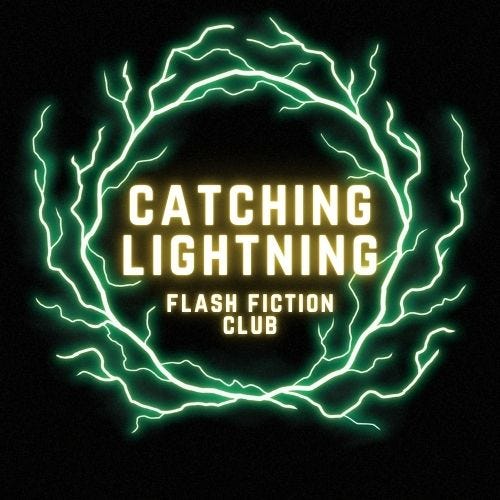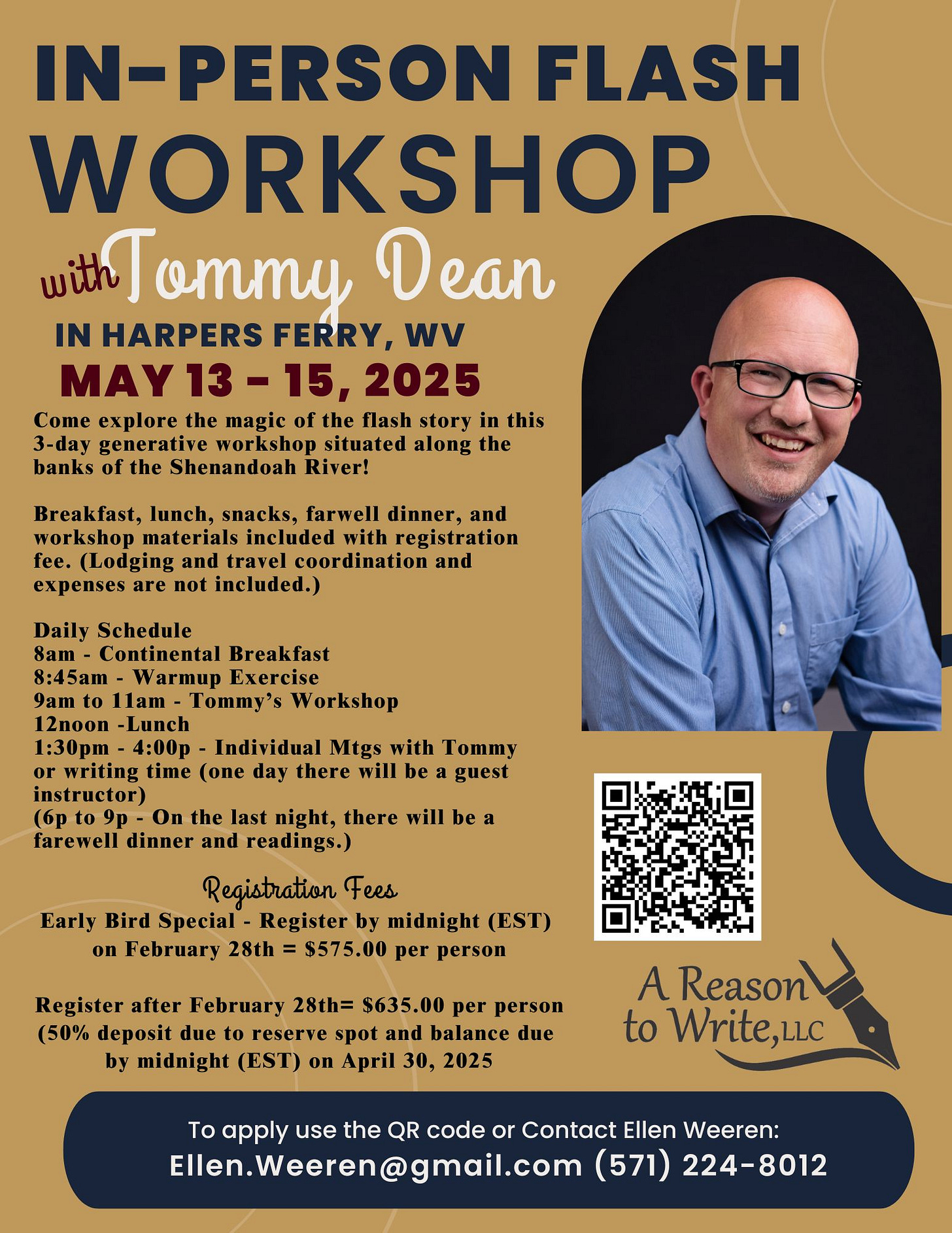Even micros need a sense of character, setting, and conflict. Even the weird, the surreal has to take place somewhere, have a driving force, and push toward resonance.
Point of View: Where’s the camera? Who’s telling the story? What distance in time from the events of the story?
Easier to start with a world that doesn’t need a lot of rules or explanations. Worldbuilding rarely fits into brevity, can feel static.
Filtering: Details that come directly from the sense of the point of view are more specific, more resonant, and carry the weight of telling a story in such a small space. Filtering through a character allows the writer to know what to skip, especially the backstory/exposition. Micros create movement through detail and choice, specific actions, not, generally, interiority.
Each line carries a certain weight. Dialogue are very heavy lines. Most chance for impact of resonance and characterization. Make sure these lines count!
Micros are grounded in looking at things in new ways, a combination of story and metaphor. Everything has a sense of being more significant than the face value. Don't be afraid to state a truth, specifically and boldly.
Or concentrate on a vivid metaphor that shifts from beginning to end or images that echo, rhyme, or repeat.
Micros gain power from the writer’s or character’s sense of wonder about the world. A questioning of the status quo, a defamiliarization of the typical—Characters search for meaning—Do they find what the answers they expect?
Plot? How can you get your characters to start at A (who actually starts at the beginning, though?), jump over B and C, and land at P or Z?
Another way to think of plot is to force characters into situations where they speak the truth, the things they wouldn’t say otherwise. Create crucibles.
Give your readers a chance to feel something—evoke the universal through the specific.
Embrace Mystery: How much can you leave out? How can you intrigue the reader with clues, details without leaving them cold or confused?
Story Elements: Use as many or as few as you can get away with to contain the story, stakes, and meaning. How much exposition do you really need? Cut vigorously! Do we need a falling action or even a typical resolution?
Dichotomies create tension for both the writer and the reader. What pairs of opposites fit in the world of your story? Can they be braided together? Is one winning too easily? How much can you separate yourself from your own beliefs or autobiography? Think in counterpoint—What will force your character to act?
End with resonance: There should be stakes for both character and reader! Zoom in, zoom out, whisper, scream, duck a punch, give an uppercut, sound the alarm internally or for the whole world.
A Prompt:Normal Mundane Activity Flipped
We’ve all done that exercise where you describe a normal mundane activity, but with a filter of a particular emotion. I want to try that activity but with a twist. Skip the obvious things such as waking up or brushing your teeth. Think about everyday activities, but ones you can twist. Like laying down with your toddler, but they start sinking through the mattress or taking out the trash as an adolescent and instead of a kidnapper it’s one of your parents kissing the neighbor. Push into your sense of irony. How can you create tension, dread, or hope with targeted word choices? Consider why these characters in this particular setting at this particular point in their lives?
Write with Me:
Fridays, February 28-April 4th (skipping March 28th) from 3-4:15 pm EST
online/Live, 4/15 spots left
I've got a morning group, too, with some spots left from 10-11:15 am EST! And I'm adding a Tuesday group from 3-4:15 as well! Come join the fun! I've had great reviews of the club so far!
$10 total discount for any Substack paid Subscriber!
Writing Flash Fiction with Raymond Carver
March 9-23, 2025
Asynchronous using Canvas (free learning platform)
Cost: $140 (I’ll drop this down to $110 for any Substack paid subscriber!)
9 spots left!






